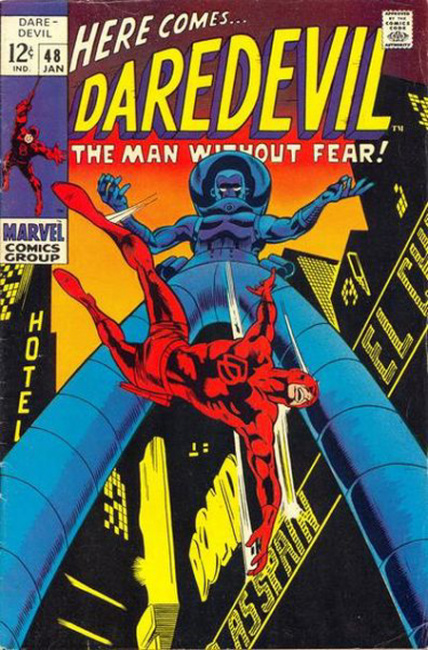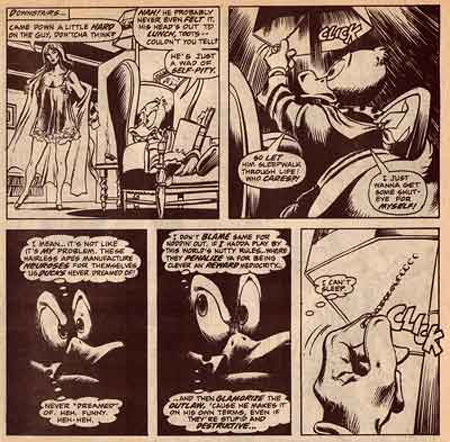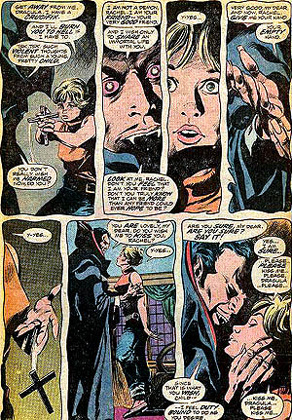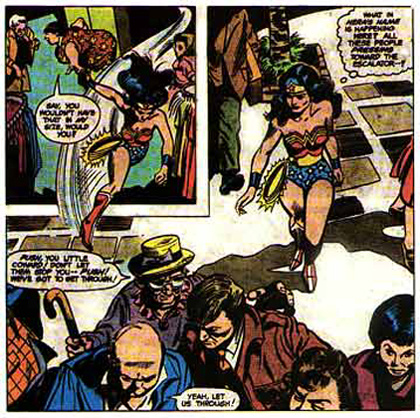Gene Colan, a stylish and influential American comic book artist, whose work bridged the Golden and Silver Ages and extended well into the modern era, has died at age 84 from complications of liver disease and a broken hip. Colan, who was born in the Bronx in 1926, began working in comics in 1944 on Fiction House’s Wings Comics. After serving in the military he went to work for Timely Comics, the company that later morphed into Marvel. During the 1950s, as the comics industry imploded under the dual strains of censorship and television, he scuffled (as did many artists) finding work on numerous war comics and DC’s licensed Hopalong Cassidy comic.
Colan came into his own when he returned to work for Marvel in the 1960s where he quickly established himself as one of the premier Silver Age comic artists. His lengthy run on Daredevil from September 1966 to June of 1973 was an impressive achievement that has forever linked his shadow-heavy style (Milton Caniff was a major influence) with the character of Matt Murdock.Colan worked on a number of other titles for Marvel including Dr. Strange where he experimented with photomontage and in general let his imagination, which was occasionally fueled by amphetamines in order to make deadlines, run wild.
Colan also created the first African-American superhero in mainstream comics, The Falcon, who appeared in Captain America #117 in September of 1969. Colan didn’t just draw the character--he was the one who suggested introducing an African-American hero to Stan Lee. Colan also co-created (with Marv Wolfman) the African-American character Blade who first appeared in The Tomb of Dracula #10 in July of 1973. With his mastery of dramatic lighting effects, Colan was a natural for horror comics and another of his major achievements was the complete 70-issue run Tomb of Dracula for Marvel during the 1970s. Colan also illustrated Steve Gerber’s quirky cult comic Howard the Duck, which owed a good deal of its iconoclastic appeal to the fluid realism of his artwork, which contrasted so strongly with the outrageous antics of the series’ protagonist.
During the last two decades of the 20th Century Colan also worked for Eclipse (Detectives Inc.), Archie (Jughead’s Time Police), and Dark Horse (Predator: Hell & Hot Water). After the turn-of-the-century he continued to work occasionally, notably drawing a couple of vampire stories for Dark Horse’s Buffy the Vampire Slayer and in 2009 illustrating Ed Brubaker’s Captain America #601, which won the “Best Single Issue" Eisner Award for comics published in 2009.
In his mastery of dramatic lighting and widespread use of shadow effects Colan stood out from the other major artists of the Silver Age and his Caniff-influenced style looked forward to the work of Frank Miller and the neo-noir comics of the modern era. As DC co-publisher Jim Lee succinctly put it: “Gene Colan was like no other artist of his generation. His ability to create dramatic, multi-valued tonal illustrations using straight India ink and board was unparalleled. The comics industry has lost one of its true visionaries today.”







